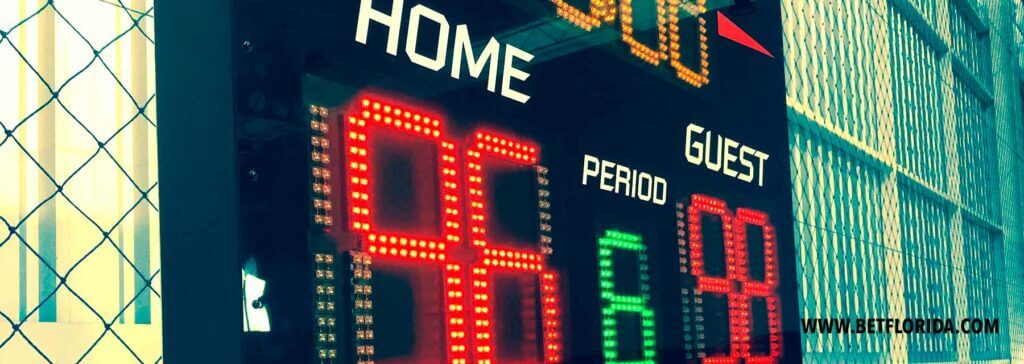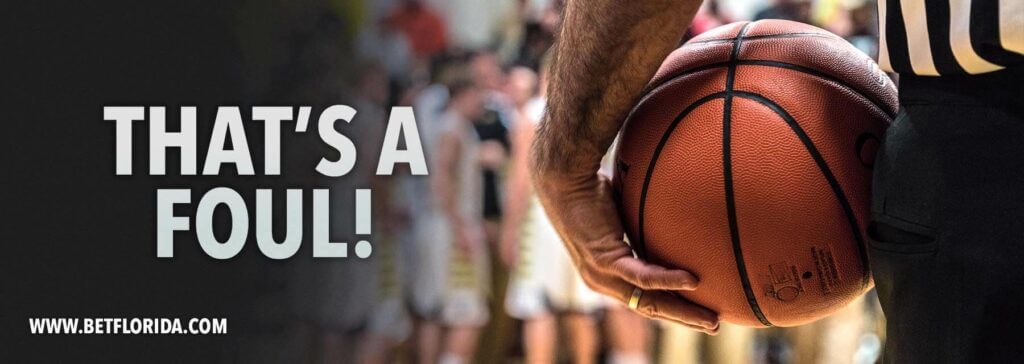Basic NBA Rules
The most successful bettors understand the rules of the NBA inside and out. This allows them to review and judge bets more clearly. It also frees up their mind to focus on looking for the best bets.
The first step is having a good knowledge of basketball rules. Then, learning about the league-specific set up is step two. Whether you’re new to the game or want to refresh your memory, this guide will provide the information you need.
International, Olympic, and league basketball follow a similar set of rules, but they aren’t exactly the same. The NBA has specific rules which are essential for spectators and bettors to know when looking for the best odds.
Basketball Objective
The rules of the NBA state that the aim of the game is to score points and the team with the highest score at the end of the game wins. Winning games leads to a better position at the end of the regular season.

The NBA is split into two conferences, Eastern and Western. These are then divided into three divisions, with the top 8 NBA teams fighting for the Conference Championship.
The final objective is to be the conference winner and head to the NBA Finals to take the title.
NBA Court
The game is played on a “court.” The court is divided in half by the mid court line, and there is a hoop at each end. The edges are known as the sideline, the back is the baseline, and where these two meet is known as the corner.
Other terms for areas of the court include the three-point arc, the top edge of which is known as the top of the key or circle. Further in from this is the free-throw line, and next comes the area referred to as the paint or sometimes the key or lane.
Scoring in NBA
Scoring comes from getting the ball in the hoop. There are three possible scores that can be awarded. If the ball goes into the hoop from within the three-point arc, then the team will score two points.
Anything beyond or outside this area will score three points. One point is awarded for free throws. Free throws occur in relation to fouls from the other team.
Basketball Fouls
Fouls can result in the ball being given to the opposition or in free throws. Personal fouls occur when any type of physical contact takes place, which is considered illegal.
This includes pushing, hitting, holding, and screening, which is where an offensive player uses a limb to block the path of a defender.

Common penalties are given for traveling, which is moving with the ball without dribbling, double-dribbling, charging and goaltending.
If a foul occurs while a player is shooting, then they are awarded free throws. Two if the ball doesn’t go in, and one if it does, however, it is three if the player was shooting for three points and didn’t make it. Fouls when not shooting mean the team that was fouled gets the ball from the nearest sideline or baseline.
Game Penalty
When a player has six personal fouls that are removed from the game. There are also technical fouls, and two of these lead to a player’s ejection from the game. A flagrant foul can result in a player from being removed from the game immediately.
Technical fouls are when the rules are broken, but physical contact isn’t involved. Flagrant fouls do involve physical contact and are typically given when excessive force is used.
NBA Game Time Structure
The game is split into four 12 minute quarters. Although the game is divided into quarters, there are two periods regarded as halves, which last for 24 minutes each.
It’s essential to understand that this time refers to the game clock. It stops anytime there is a timeout, a dead ball, or if a basket is made.
There are 15 minutes of half time break, which is in addition to the timeouts that each team can use. Each team can call six timeouts in a game; each one lasts for 60 seconds. Four of these occur due to television timeouts.
Teams with the ball have 24 seconds to make a shot, which makes the game fast-paced.
As each quarter nears the end, a two-minute warning is announced.
NBA Overtime Rules
The NBA overtime rules exist as a solution for tied games. As the game ends, any attempts that are in progress can be played out. If the result at the end of the fourth period is a tie score, then the game will go to overtime.
Regular Season Overtime Rules
After a break of two and a half minutes following the fourth period, an overtime period will begin if the score is tied. Overtime lasts for 5 minutes, and if the score remains tied, then further overtime periods will be played, each lasting 5 minutes.
A team is awarded an additional two timeouts for each overtime period during the regular season.
Overtime Rules for the NBA Playoffs
The overtime rules for NBA playoff games are the same for the regular season. It’s not possible to have a tied game unless it had to stop due to extraordinary circumstances. Teams don’t carry fouls from period to period or into overtime, but players do.
Sports Betting Notes for NBA Overtimes
You can bet on games going to overtime on all Florida sportsbooks, and your bet might also be affected by whether a team wins in regular time or not. Each season a large number of games are played, but how many go to overtime?

Over the past few seasons, the number of overtime games has been around 80 out of 1230 in the regular season.
Conclusion: Knowing The Rules Will Help You Place Better Bets!
The rules of a basketball game affect many parts of the action you can bet on. If you’re betting on the scoreline or whether a game goes to overtime, it’s definitely worth knowing the details of how a game plays out.
In-play betting relies on your knowledge of the rules even more than pre-match wagers. You could be betting on the outcome in the third quarter, but if you know a player is reaching their limit of personal fouls, it might change the direction of the game.
Frequently Asked Questions (FAQ)
- Only 5 players on each team at the court at the same time
- The team with the most points at the end of the game wins
- One attack is over after 24 seconds
- The offense has 5 seconds in the inbound
- The ball has to be dribbled during advances
- The basketball should not be kept between the arms or body.
- You cant shoulder any other players
- Tripping another player is not OK
- You can not push other players